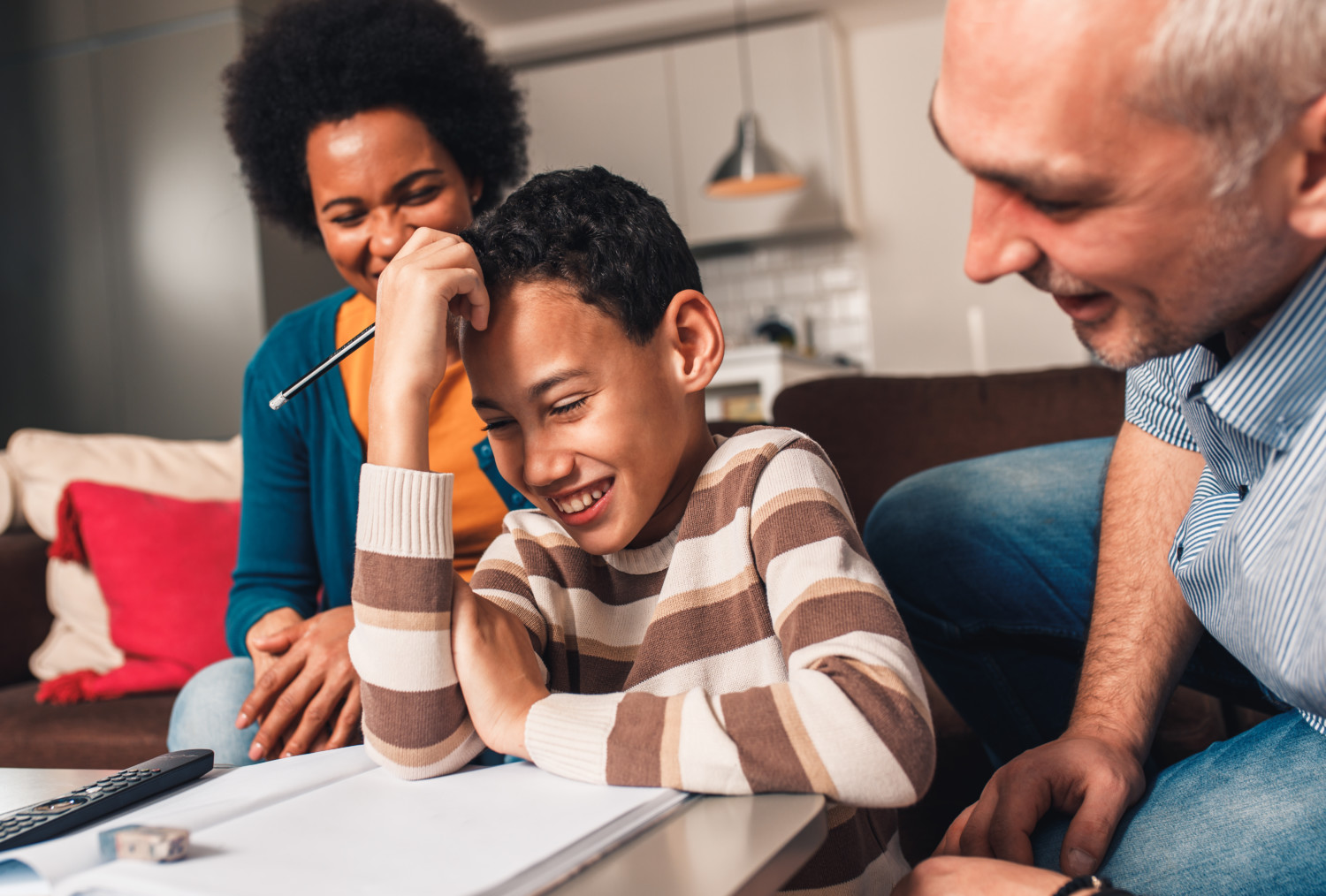June is almost here and that means one of the strangest school years ever is winding down for most of us. It couldn’t come too soon.
Teachers, students and parents have worked hard to adjust to virtual learning thanks to nationwide school closures due to the coronavirus pandemic. School communities, too, have worked together to offer the necessary services for students including instruction and even meals.
But, many questions still remain about what the 2020-2021 school year may look like as our communities slowly try to find their way back to a safe routine. Will students and teachers still have to rely on using Zoom at home for instruction, or will our schools be able to reopen after a prolonged closure?

The CDC Outlines Risk Levels For Schools
School district officials across the U.S. are trying to figure all that out right now — and they will likely consult the guidelines presented by the Centers For Disease Control and Prevention before making any decision about opening classroom doors again. Officials at the CDC regularly update guidelines for a variety of large gathering sectors including healthcare, camps and schools.
According to guidelines (as of the May 19 update), the CDC said schools “can determine, in collaboration with state and local health officials … how to implement these considerations while adjusting to meet the unique needs and circumstances of the local communities.”
To start, the CDC outlined three virus-spread risk levels for school environments:
- Lowest risk: Teachers and students continue to participate in online or distance learning only.
- More risk: Small group, in-person instruction or events. There would be no class changes and the same teacher would work with the same students during the day. The 6-foot social distancing guideline would stay in place. A possible hybrid approach of virtual learning and small, in-person classes would fit in here to allow students to cycle in and out of buildings on different days to minimize contact.
- Highest risk: Bringing school back to its usual routine. This means “full-sized, in-person classes, activities, and events” with no social distancing, sharing of all supplies and changing classrooms and teachers.

Guidelines Call For Promoting Health-Minded Behavior And Environments
If schools opt for the more-risk or highest-risk categories, a number of behaviors would need to be promoted to help keep everyone safe. These include:
- Encouraging anyone who is sick or has been in contact with anyone diagnosed with COVID-19 to stay home. The CDC also suggested minimizing pressure to attend school while sick by eliminating perfect attendance awards and offering virtual learning when necessary.
- Practicing preventative behaviors such as frequent handwashing with soap and water, wearing cloth face masks and having enough hand sanitizer on hand for staff and students.
- Changing seating arrangements in classrooms to ensure social distancing and avoiding clusters of desks with students facing each other
- Using physical barriers and guides to keep people from getting too close while in class or in the hallways.
Each school district will need to work within these guidelines, as well as local rules, to find the safest and most efficient way to educate our students. That could mean each district and even each school could implement these recommendations in unique ways.

Communities Must Adjust Once Again
Schools may also draw from other resources, such as a report from Johns Hopkins School of Education and Chiefs for Change, to inform their decision-making for next fall. In addition to consulting public health experts, they’ll also be looking for guidance from regional lawmakers as they make decisions about 2020-2021.
Complicating the issue is the fact that many teachers and students may not want to return. USA Today reports that one in five teachers say they won’t come back in the fall if their classes physically re-open, and six out of 10 parents would rather pursue virtual learning options next school year.

It seems likely that until a COVID-19 vaccine is ready, the CDC will continue to recommend a very different school experience from our expectations and the comfort level of families will also vary. Parents, kids and schools will have to once again find their new normal.
This story originally appeared on Simplemost. Checkout Simplemost for additional stories.


